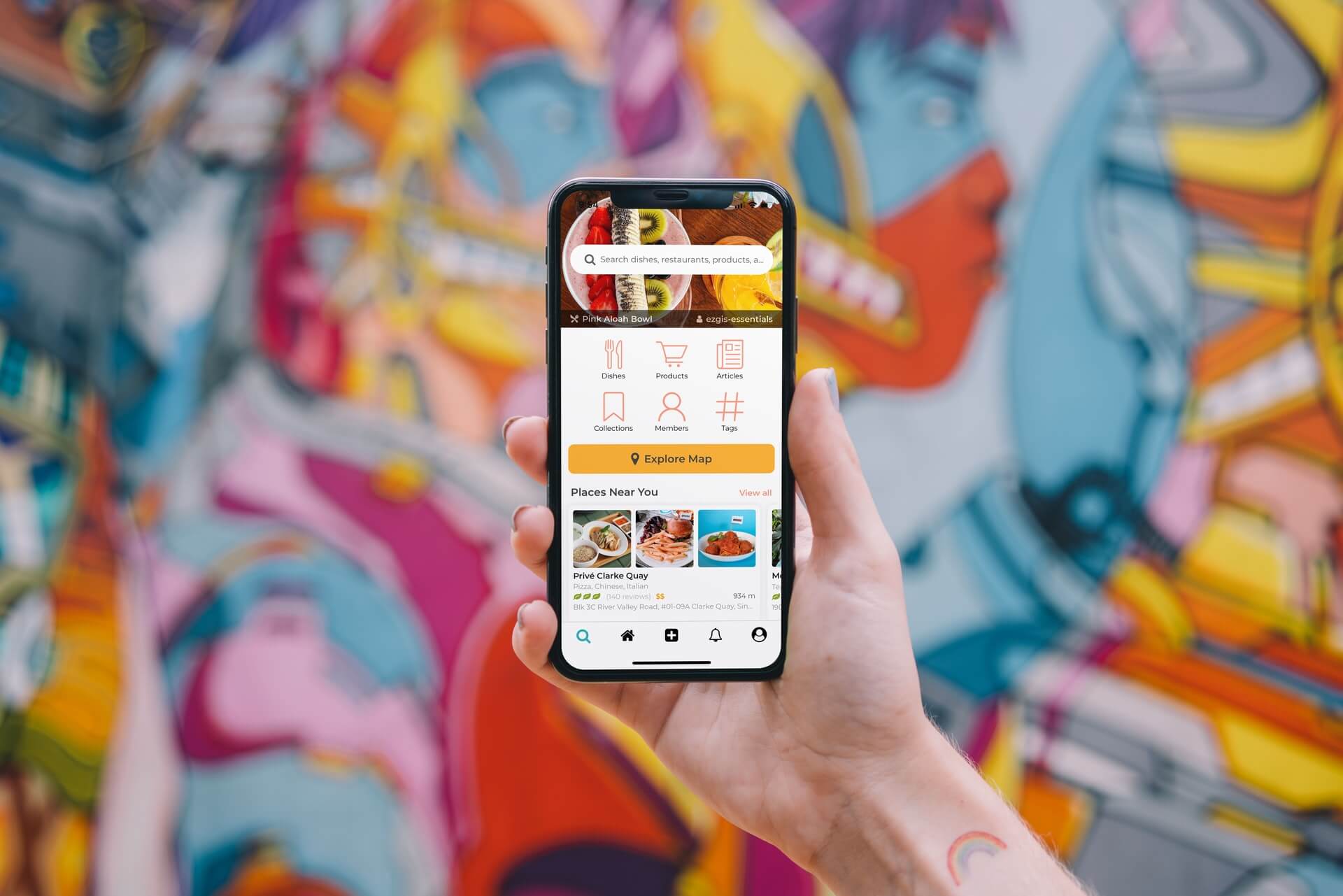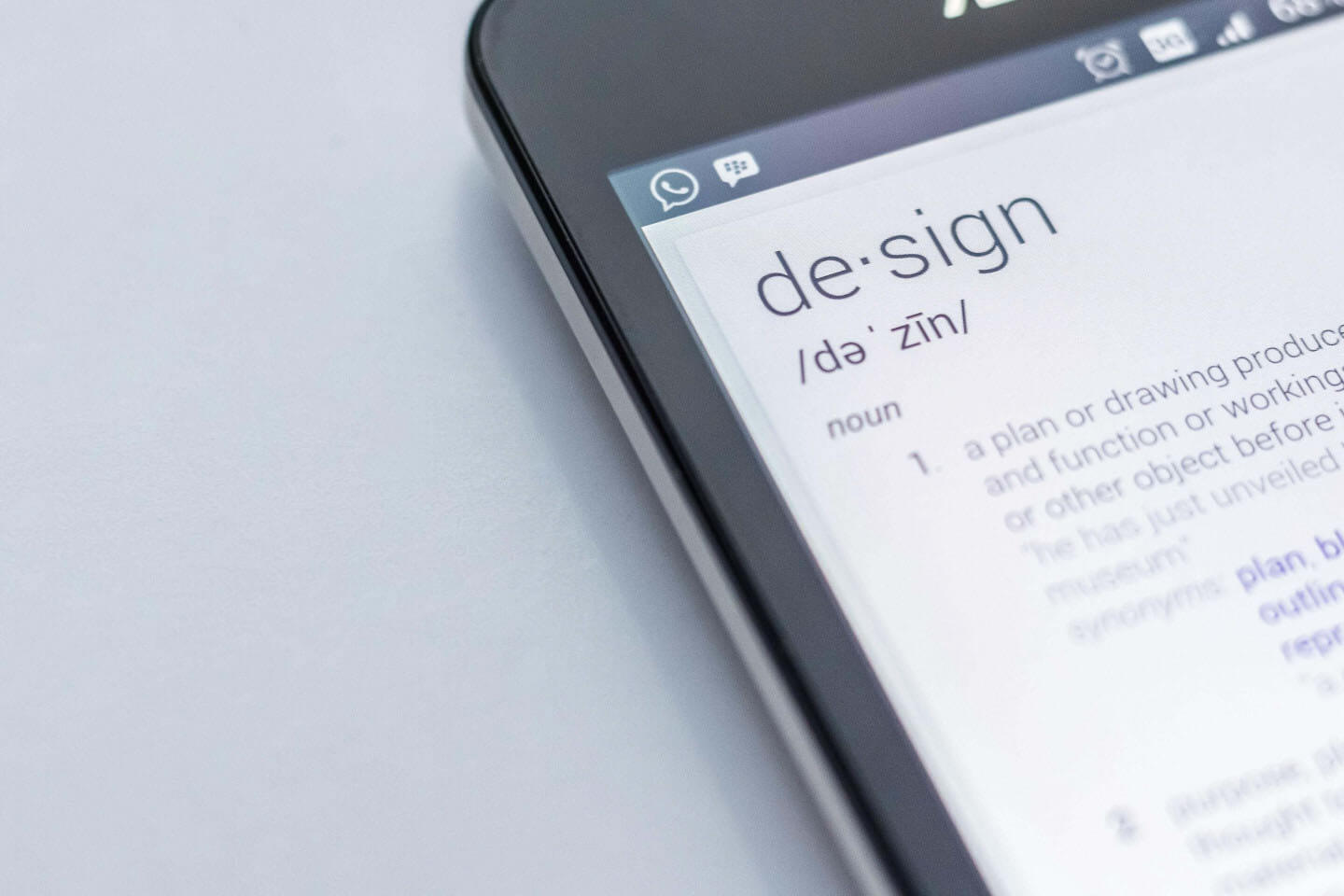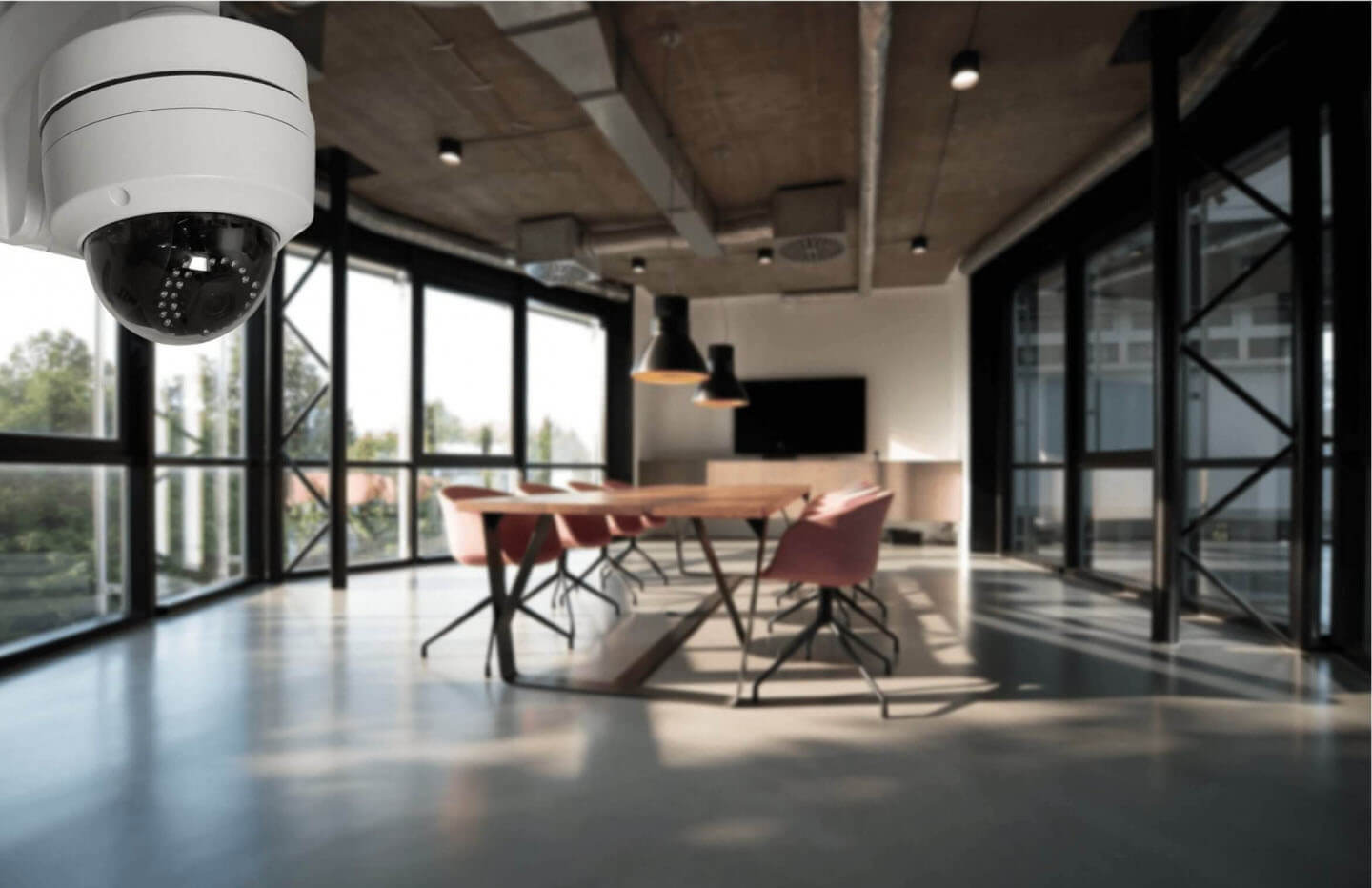Over the course of a lifetime, humans create objects and devices that facilitate and enhance their lives. When doing it, they also design interfaces via which they can interact with created items. In essence, an interface is an area, where two or more objects, systems, or organizations meet, interact, and communicate. Examples of interfaces range from a spoon and a computer mouse to an ATM and the search engine, for instance, Google.
Interfaces are very different, and their design determines how convenient and pleasant they will be to use. All objects around us have their own interfaces. A well-designed interface can inform us about its functionality even before we start using it. Let’s imagine a situation where we have to do a very basic task, such as highlighting text on paper with red color. A marker with a red cap tells us that if we start using it, we will highlight it in red, not black or green. We are aware of the result before we start using an object or a device. This helps us to avoid action errors without wasting precious time.
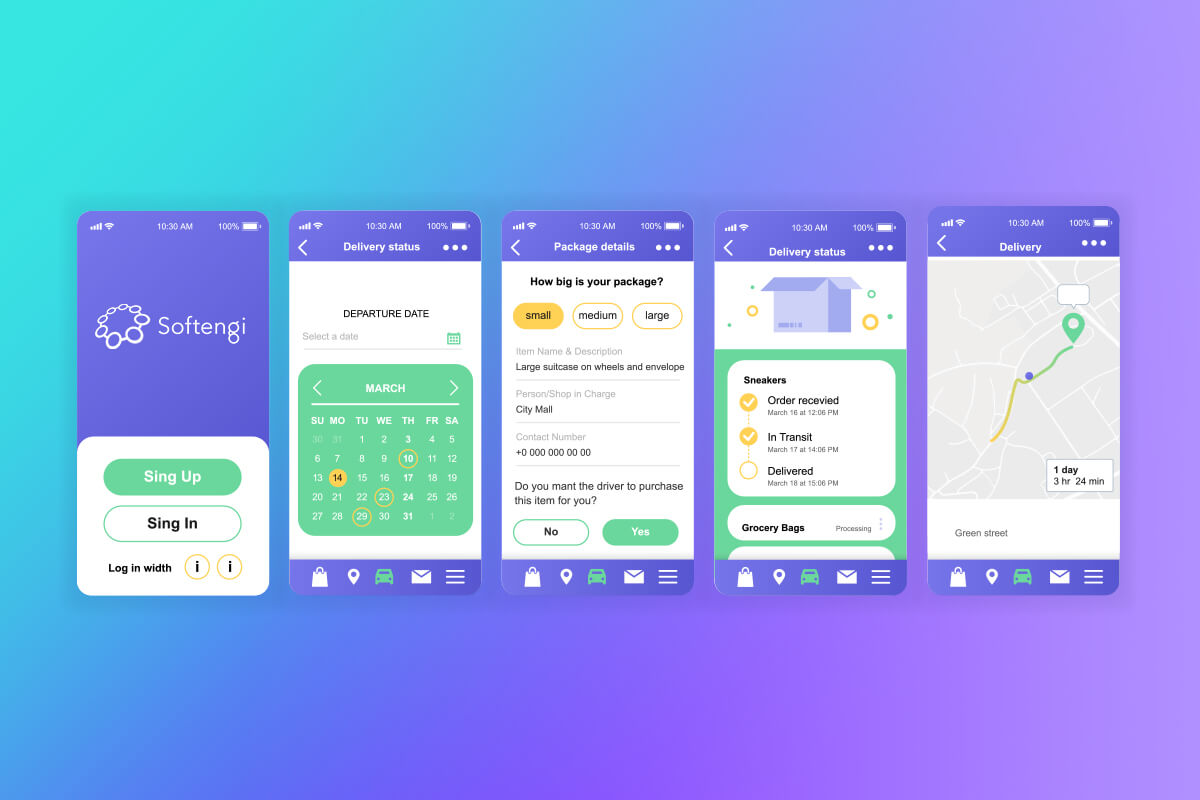
An important metric for a decent interface can be the inclusion threshold. In our case, it refers to the effort or time it takes to start operating a certain interface. Clear and simple interface design patterns in our daily lives have long become the route that we find difficult to abandon.
If you start using an interface that you are not familiar with and it takes some effort to understand the way it operates, you are likely to lose interest in 3-5 minutes and probably will give it up.
It is also important that the interface is understandable to target users. The guitar or piano have their own interfaces allowing us to interact with them. However, if one knows the interface of the piano and has already seen it more than once, it does not necessarily mean that he or she can use it to play Strauss or Beethoven.
Sometimes interfaces are designed in such a way that they fail to give the user a chance to utilize them properly. Frequently, designers rely exclusively on their own experience without testing the design on the target audience. In this case, the product they design is deprived of feedback and doomed to failure.
Another factor that may lead to a product design failure is the volatility of public opinion or the designers’ insufficient awareness of the target users’ current preferences.
Custom IoT App Design and Its Challenges
Generally, around 24-25% of all new high-tech applications fail, with the majority “dead” already on arrival to the marketplace. With the Internet of Things (IoT) solutions and IoT App design, the situation is even more complex.
We live in a world where our digital devices, such as mobile phones or tablets, schedule our appointments, warn us when we should leave home to avoid traffic jams or turn on the heat when we are on the way home. The technology that connects us with our environment, merging boundaries between humans, products, and services, is IoT. In essence, IoT refers to a system of interrelated computing devices that, using various IoT sensors, interact with each other, exchanging huge sets of data. To manage such a complex system and ensure the commercial success of an IoT solution, a strong intuitive design and easy-to-use interface of an application is a must-have.
IoT App Development Challenges on the Path to Success in the IoT Landscape
Myriad of Emerging IoT Products
A year ago, the number of IoT devices was 20.4 billion, and it is forecasted to grow to 75 billion by 2025. The competition is massive. Many newly emerged start-ups and software giants, such as Google and Amazon, launch new products and constantly innovate the old ones.
High Customer Demands
As competition rises and customers become more sophisticated, demands grow as well. Users choose IoT products that stand out from the crowd. The challenge is to define the users’ expectations and meet their needs and desires. The design approach requires solid experience in identifying the underlying needs and preferences of potential users.
According to McKinsey, around 50 % of the surveyed companies performed user research before generating their first design specifications.
Need for Dynamic Adjustment
The IoT landscape evolves at a rapid pace. The volatile device designs, growing capabilities of the IoT technology, emerging new features and entire fleets of devices are major realities in today’s IoT market. To make a new IoT product appealing and useful for its end users, such trends must be taken into account and reflected in the IoT mobile app. Besides, IoT apps must also be able to scale up and adjust on demand.
Smooth UX Across All Devices
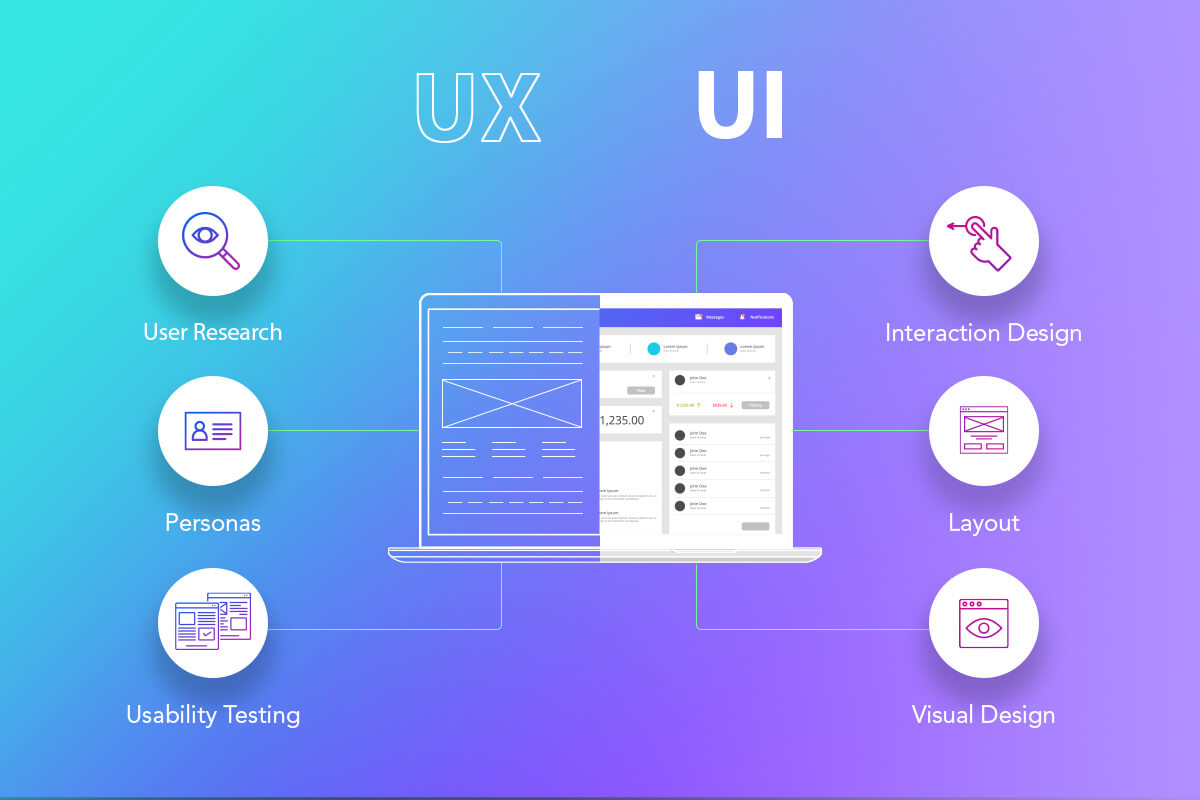
As IoT platforms manage a large number of various devices from lighting to remote vehicle charging, the IoT interface can be extremely complex and difficult to understand if designed poorly. A smooth user experience (UX) that provides an appealing and user-friendly way to manage varying interactions between objects requires deep research into users’ behavior patterns in their own environments. A strong IoT app design enables its user to move from one part of the system to the next one without much effort.
Tips for Strong IoT Mobile App Design
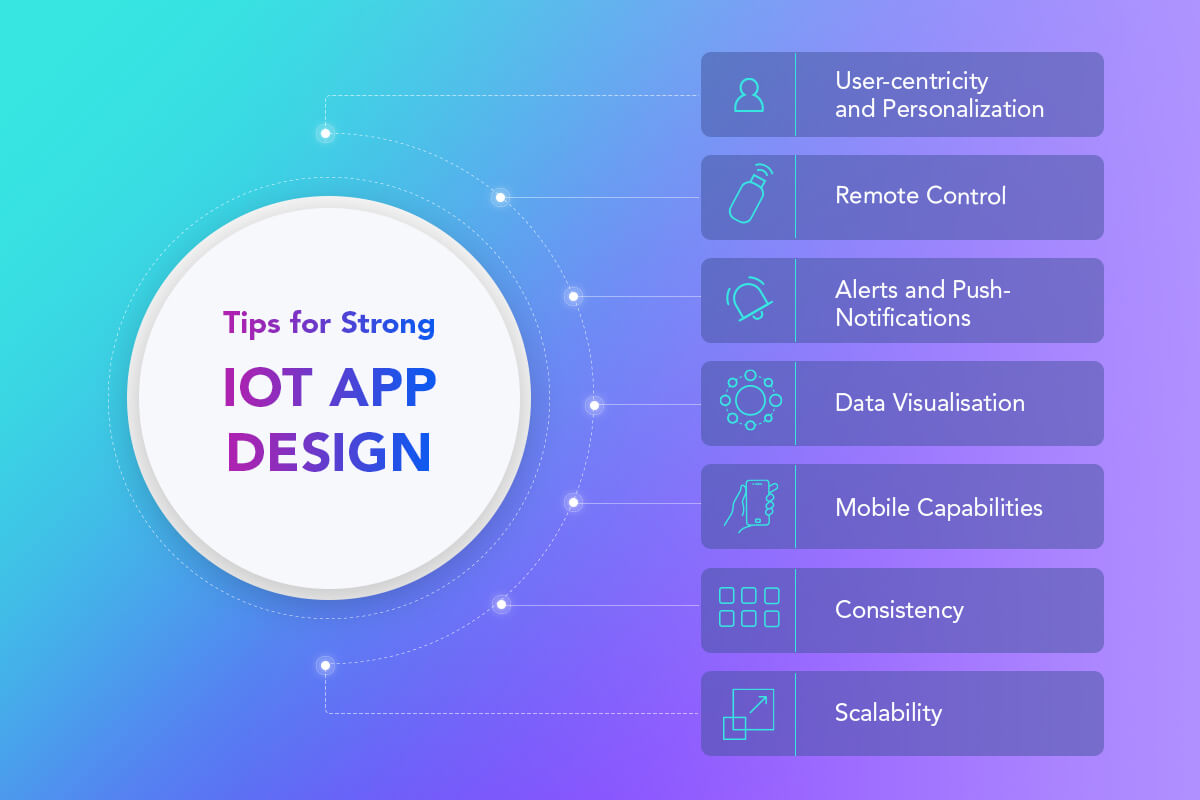
What distinguishes a successful app from a doomed one is good UX. But how to make a strong UX design? What is critical for the IoT app design?
User-Centricity and Personalization
Today, personalization in app design is the most relevant and resulting trend. 76% of customers feel frustrated when the app content is not personalized. According to Forrester, 89% of digital businesses are investing in personalization.
While personalization in the IoT landscape is extremely important, it is also very challenging. For instance, in the case of large IoT platforms that manage warehouses or power grids, app designers have to consider multiple groups of end-users who have access to the IoT app and design app UI and UX in accordance. We, in Softengi, conduct in-depth research into users’ behavior in order to design an app that will definitely be easy-to-use and attractive to the target audience. We find a group of potential users and interview them in order to gain valuable insights and reveal relevant trends in their evaluation of the product. When the pilot version of an IoT app is ready, we test the app design on our target group to identify flaws, fix them, and enhance the product.
Remote Control
Another important feature of every IoT app is a convenient and user-friendly remote control. For instance, on the way to work, a user suddenly remembers that he or she forgot to lock the front door. While on the way to work, there is no time to use a tutorial on how to close the door remotely. In this case, the decisive factor will be the convenience and intuitiveness of the application interface. Moreover, adequate remote control and easy-to-use app interface can significantly reduce the onboarding of new users, especially when launching new devices.
Alerts and Push Notifications
The most sensitive and challenging feature in IoT app design is notifications and alerts. Mostly IoT applications provide users with notifications passively rather than actively in order to not irritate them with unnecessary information, deterring them from using the application. On the other hand, the complete rejection of push notifications is also an absolutely failed strategy. In some cases, for instance, in an emergency situation or in cases when some anomalous activity is detected, users must be immediately notified. But the challenge here is to identify which information is to be prioritized, should the notification be sent immediately, or whether it is necessary to determine the most appropriate for the user to be notified.
Data Visualisation
As IoT applications manage huge amounts of data from various devices, sensors, and integrated platforms, they have to analyze, select and present relevant information in an understandable and user-friendly manner. Dashboards, charts, graphs and tables are heavily applied in IoT interfaces to facilitate understanding of complex processes and information reports. Noteworthy is the fact that the selection and presentation of the value for users’ content is the most challenging task in IoT data visualization.
We suggest the following tips that help to create an effective and user-friendly IoT data visualization:
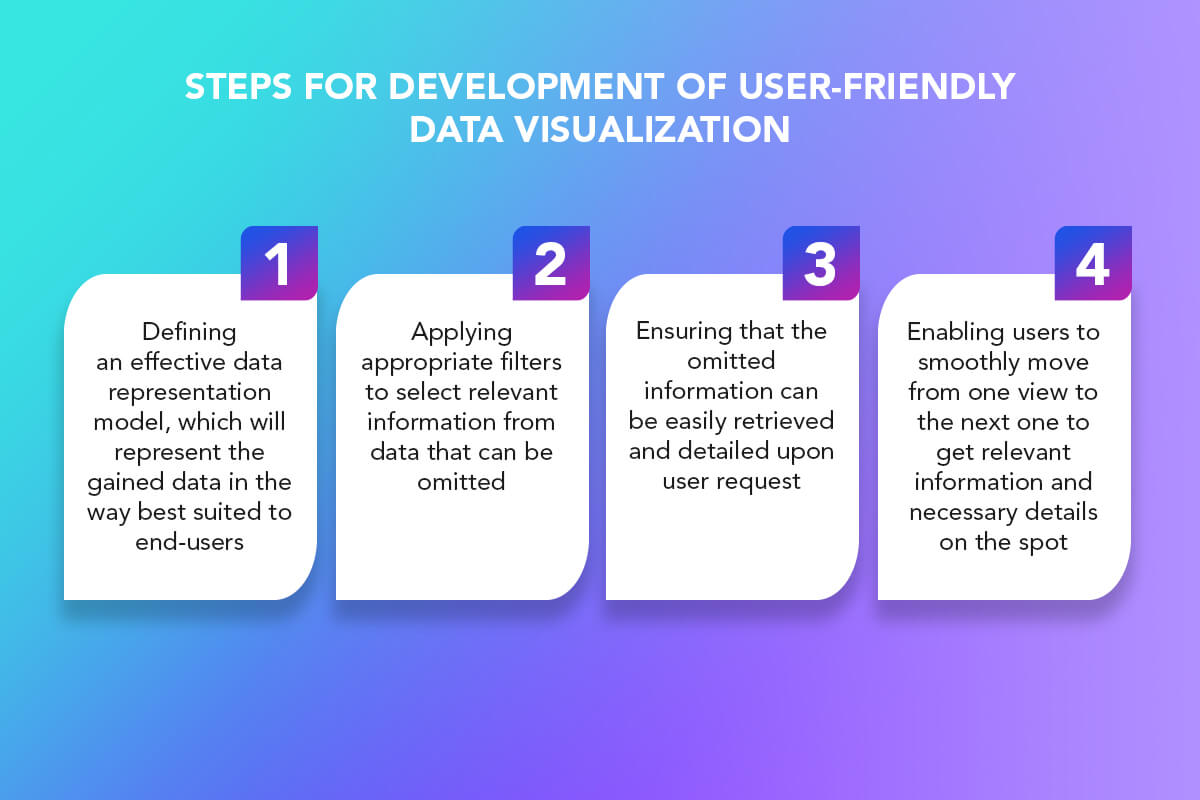
- Select an effective data representation model that will represent the gained data in a way best suited to end-users.
- Apply appropriate filters to sort out relevant information from data that can be omitted.
- Ensure that the omitted information can be easily retrieved and detailed upon user request.
- Enable users to move from one view to the next one smoothly and get relevant information and necessary details on the spot.
To sum up, in order to entice people into buying an IoT application, its data and app reports must be relevant, easy-to-understand, and appealing to users.
Mobile Capabilities
The designer must also be a visionary. The key is to predict how, when and where people will use the application, what functions will be important for them, what devices they will be using. Smartphones offer a great number of functionalities, such as voice interface, NFC, RFIR readers, location tracking, etc. If, for instance, some users prefer a time-saving app with voice control, accordingly, the application should provide this opportunity. Designers must take into consideration all available capabilities of mobile devices and enhance designed IoT applications with the best UX.
Consistency
One of the highest priorities in designing an IoT app is consistency. As IoT platforms are mostly extremely complex in terms of managing various objects, devices, and systems, it is highly important that the design contains unifying elements, making it easy for users to navigate across the diverse functionalities of each integrated item. A consistent design will allow users to smoothly jump from one part of the IoT application to the next one.
Scalability
The IoT landscape is a fast-developing and constantly evolving segment. For instance, a Google-owned company Nest started its way in the smart home market with smart thermostats, but within a short time, it began to grow rapidly, and today Nest offers overall management of home devices. Any IoT company must develop a strategy for scaling up end-user tools and creating effective IoT design models for various sets of devices.
IoT App Design Use Cases and Examples
Aziot Home: A Connected Digital Home
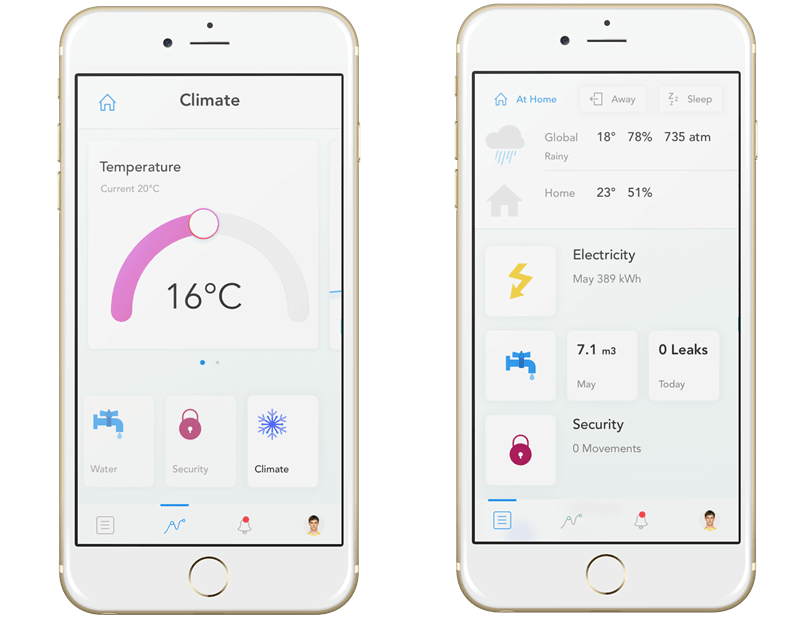
Softengi has developed an IoT-powered platform, Aziot Home App, which manages the home environment: house utilities, room climate, house ecology, home safety, noise control, and overall comfort of the living environment. We created an intuitive user interface that allows to manage home infrastructure without complex onboarding and extensive learning smoothly. Smart visualization in the form of charts, graphs, and tables ensures great user experience and user engagement with the app.
Smart Space Solution for Workflow Optimization
Collecting and analyzing data related to complex assets is a challenging task. Softengi has developed and designed a Smart Space Solution. Due to IoT technology, it gains valuable data about objects and people within the given space and visualizes these data in a user-friendly manner with the help of a web or mobile application. Besides advanced visualization, easy-to-use interface, and convenient remote control, the solution provides smart automated alerts. The system knows which notifications are prioritized when it is the best time to send push notifications, and in which case an alert should be given immediately. As a result, the Smart Space provides users exclusively with relevant content, leaving out any unnecessary irritating information.
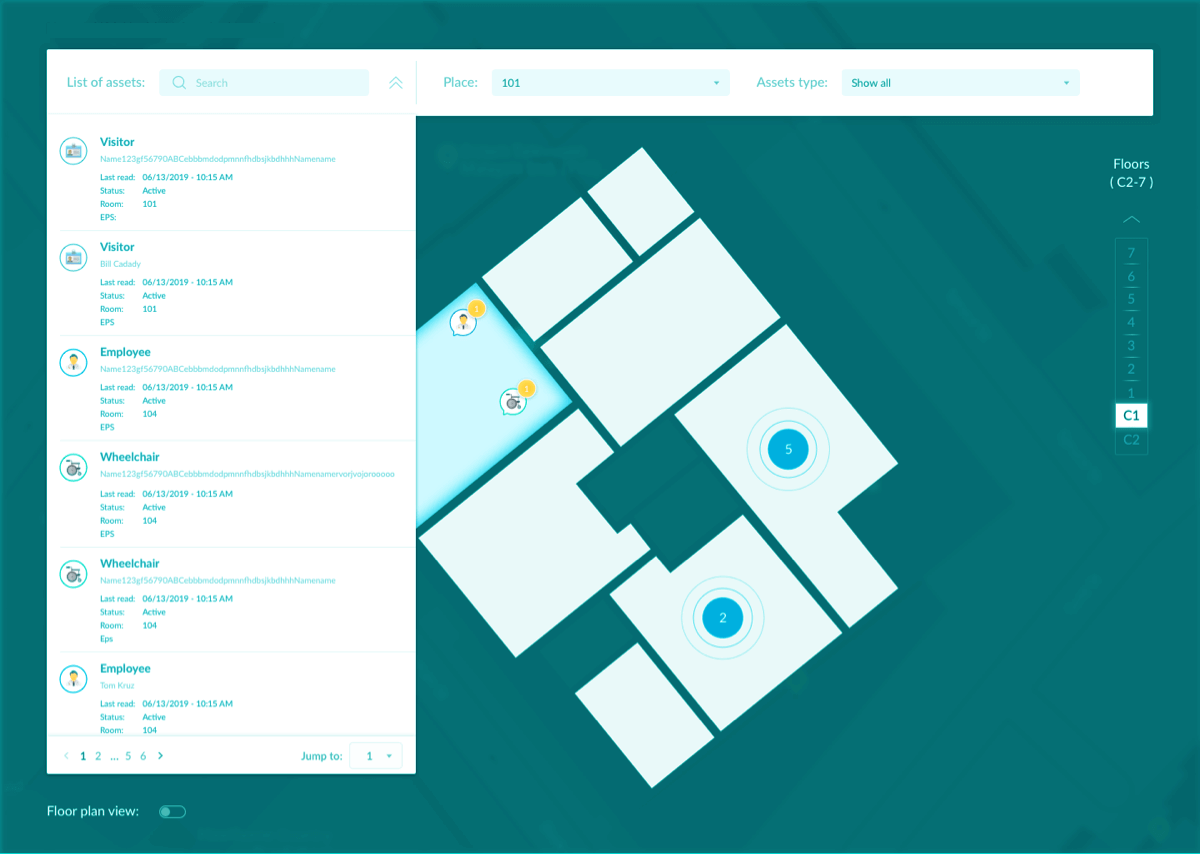
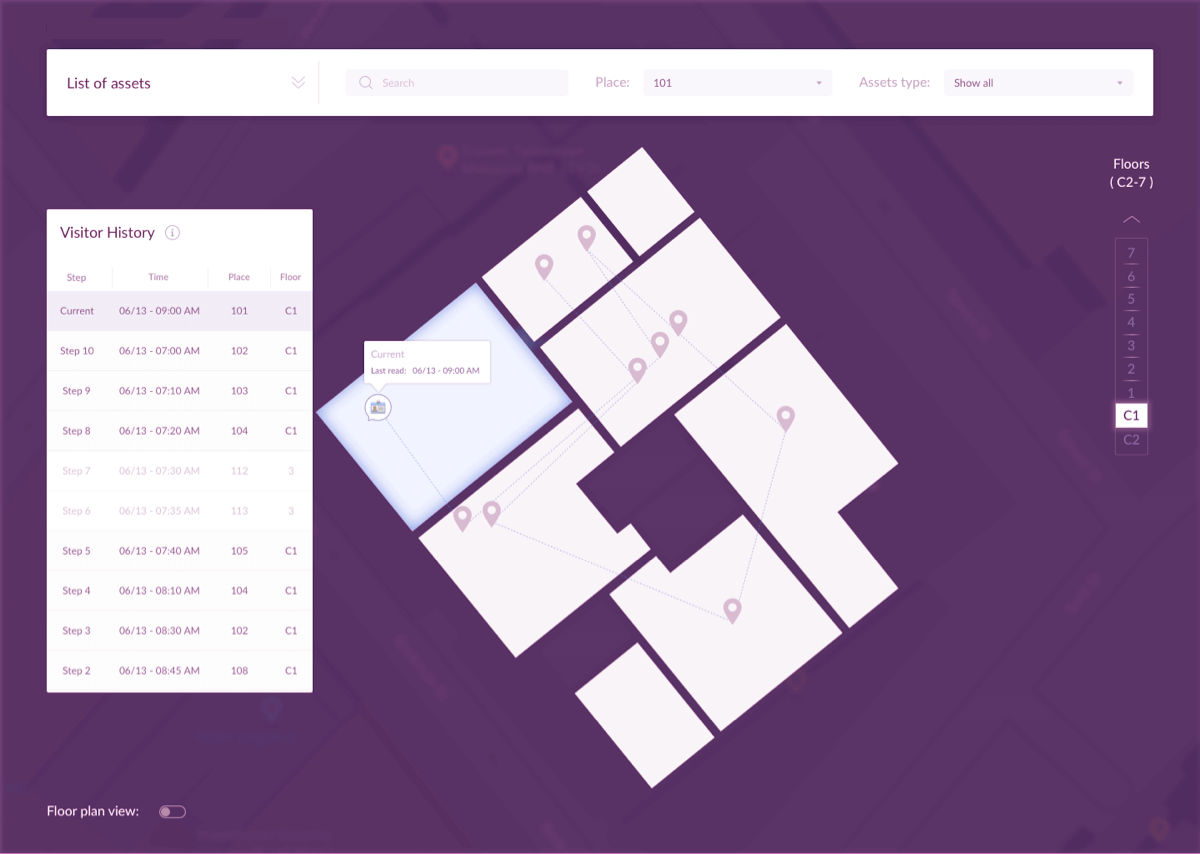
IoT-Powered Asset Tracking
By designing an asset tracking system for the oil and gas industry, Softengi faced a problem with data visualization of complex operational processes. In their nature, oil and gas companies are very asset-intensive, which makes it difficult for designers to provide a clear view across all assets. Softengi managed to develop a consistent and clear app interface, which provides users with real-time data and up-to-date reports visualized in various forms such as graphs, tables, dashboards, etc.
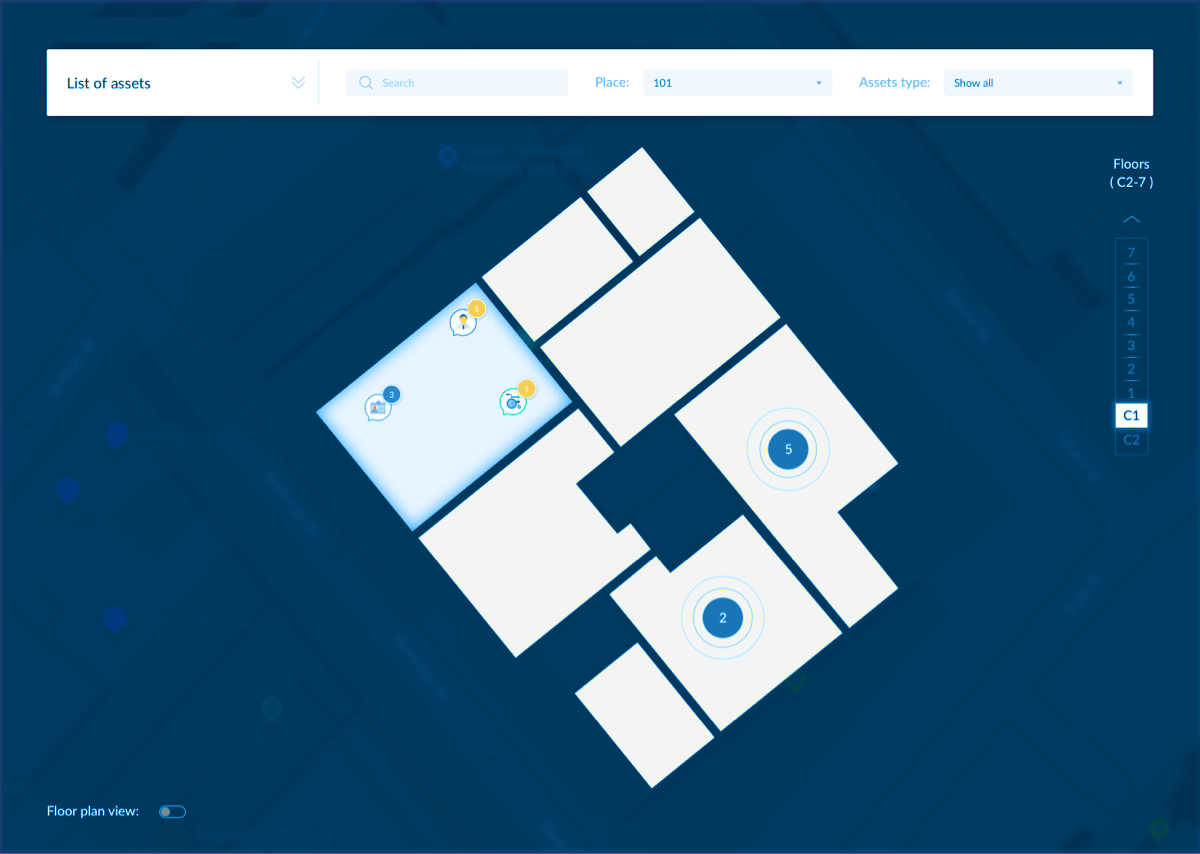
Final Words
IoT App Design is extremely complex and challenging, requiring in-depth research, wide experience in development, and visionary skills. Nowadays, user preferences are extremely volatile, and in order to design an attractive and user-friendly product, one must take into account a lot of factors related to target users. We single out user experience as a key success factor for IoT apps to be commercially successful. With our 20 years of experience in developing and designing mobile and web applications, we can help you with UI/UX design for your IoT app. Contact us and let us know your requirements. Leave the rest to professionals.



